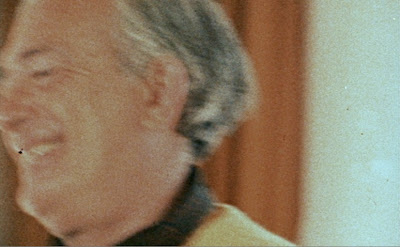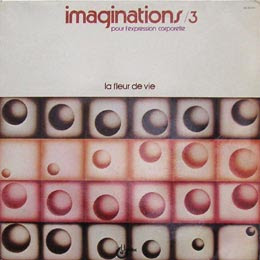
Through none of my own doing, you can now find the whole catalog of Third Eye TV serials from the early 80s on Youtube. The Third Eye was a Nickelodeon program that cherry-picked children's TV shows from the UK and New Zealand. Often the shows would involve an unusually sentient child or some element of pre-Christian folklore. "Children of the Stones" was the most famous, and the one that you're maybe familiar with. But the other shows -- "The Haunting of Cassie Palmer," "Into the Labyrinth," "Under the Mountain," and "The Witches and the Grinnygog"-- are special in their own right.

I didn't watch these shows the first time around, too busy watching Sesame Street and 3-2-1 Contact, but maybe I'm grown up enough now to handle them. They are creepy for sure. "The Witches and the Grinnygog" is especially good. It's all about a haunted rectory and the way its pagan past comes back to bite it in its ankle. REALLY good music by James Harpham which you can listen to with your third ear. (I've pasted in episode 1 part 1 below, but the opening is cut off so check episode 2 for the uninterrupted magic of Harpham's olde witche folke.) "The Haunting of Cassie Palmer" is also brilliant, with a lovely radiophonic theme of its own. Anyway check them out -- if you've read this far then you'll probably be into it. Here are the first parts of the first episodes of all the shows except "Children of the Stones."














































